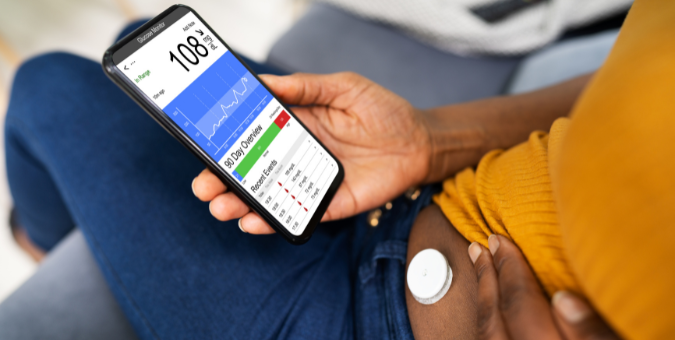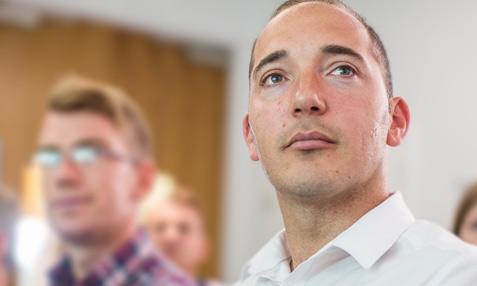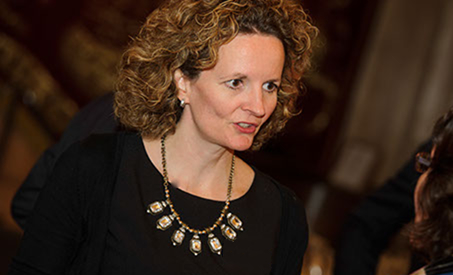
According to Diabetes UK over 3.8 million people in the UK live with a diabetes diagnosis and a further 1 million have diabetes but have not yet been diagnosed. One of the reasons for that is that a lot of people are not aware of the common symptoms of the condition, so don’t recognise them as warning signs that mean they should visit their GP.
These symptoms include:
- Visiting the bathroom a lot, especially during the night
- Being very thirsty
- Feeling tired even when you have had a good night’s sleep
- Losing weight
- Small cuts taking longer than usual to heal
None of the above symptoms point towards a diabetes diagnosis straight away but if you have more than one of them at the same time it is important to speak to your GP. Because the symptoms are so easy to miss, the condition can go undetected for many years, and by the time they’re diagnosed one in three people already have complications with their eyes, feet, kidneys or nerves.
In this article we are going to explore what diabetes is and how using a combination of lifestyle changes and technology can help manage it.
What is Diabetes?
There are two main types of diabetes and both are serious health conditions:
- Type 1 diabetes is where the person’s blood glucose (sugar) level is too high because the body can’t make the hormone insulin. The body’s immune system attacks and destroys the cells that produce insulin. Around 8% of people with diabetes in the UK have type 1 diabetes.
- Type 2 diabetes is where the body does not produce enough insulin or the body’s cells do not react to insulin. This means that the person’s blood glucose levels keep rising. Around 90% of people with diabetes in the UK have type 2 diabetes.
How is Diabetes treated?
There is no known cure for either Type 1 or Type 2 diabetes. They can however be managed.
Type 1
- Diabetics will need to take insulin every day to keep their blood glucose levels under control. Some people will inject it and others may use a pump.
- Lifestyle changes such as exercising, carb counting and eating a healthy, balanced diet can make a difference to how someone feels.
Type 2
- Lifestyle changes such as eating healthy food, being as active as you can and keeping to a healthy weight.
- Medications, such as tablets and injections that may include insulin
- Weight loss surgery
- It is also possible to put type 2 diabetes into remission
Technology and diabetes
For many people, managing their diabetes with technology can be life changing. There are innovative products that can be used to monitor blood glucose levels without having to perform regular finger prick tests.
Those with type 1 diabetes under the age of 18 in the UK should be offered a continuous glucose monitor (CGM). Adults with type 1 diabetes should be able to choose between a CGM or a flash glucose monitor (Freestyle Libre).
A CGM or flash monitor is made up of a small sensor that is attached to the stomach or arm that senses how much glucose is in the fluid under the skin, called interstitial fluid. There is also a reader or receiver, which shows the results, and results can also be sent to a smartphone. Some types of monitors have optional alarms to alert the person if their blood glucose levels go too low or too high.
The key difference is that a CGM will, as the name suggests, continually report on glucose levels, but a flash monitor will only show a person’s levels when the reader is waved over the sensor.
Adults with type 2 diabetes who use insulin two or more times a day should be offered a Freestyle Libre to help check their blood sugar levels if any of the below apply:
- They have recurrent or severe hypoglycaemia (low blood glucose levels)
- They have impaired hypoglycaemia awareness
- They cannot monitor their own blood sugar levels but could do this with a scanning device
- They have a learning disability
There are no guidelines in the UK currently for technology access in children with type 2 diabetes.
What happens if diabetes goes untreated for long periods of time?
Undiagnosed diabetes is very dangerous as it can affect many of the major organs, including your heart, blood vessels, nerves, eyes and kidneys. In some cases diabetes can even lead to non-healing ulcers that can damage soft tissues and bone so much they need to be amputated.
Complications of Diabetes
There are two types of diabetes complications: serious, chronic complications that can build up over time and ones that can occur at any time called acute complications.
Chronic
If your blood sugar is not well controlled, the blood can get very thick. This can block blood vessels in various parts of your body, such as the kidney’s, brain, liver and peripheries (fingers, toes, eyes) as these are parts of the body that are rich in blood vessels. Some of the key complications include:
- Eye problems including blindness (diabetic retinopathy)
- Foot and circulation problems – these can lead to amputation if untreated
- Heart attack and stroke – due to damaged blood vessels
- Kidney problems (diabetic nephropathy) – due to high blood sugar levels and high blood pressure
- Nerve damage (neuropathy) – high blood sugar levels can make it harder for the nerves to carry messages between the brain and body parts. This can cause pain and loss of feeling.
- Gum disease from too much sugar in your saliva
Acute
- Hypoglycaemia ‘hypos’ – when your blood sugar is too low
- Hyperglycaemia ‘hypers’ – when your blood sugar is too high
- Hyperosmolar Hyperglycaemic State (HHS) – this only occurs in those with type 2 diabetes and is brought on by severe dehydration and very high blood sugar. This is potentially life-threatening and emergency hospital treatment is required.
- Diabetic ketoacidosis (DKA) – this mostly affects people with type 1 diabetes but can affect some with type 2. This is where the body can’t use sugar for energy because of a severe lack of insulin and so uses fat instead. This causes chemicals called ketones to be released which can cause your blood to become acidic. If picked up early, it can be treated with insulin and fluids but if not, emergency hospital treatment is required.
Prevention is better than cure. It is really important that whether you have type 1 or type 2 diabetes, that you maintain good blood sugar levels and seek treatment promptly if required.
How Enable Law can help
Many of the complications above can be avoided with better, earlier management. The most common medical mistakes giving rise to damages for patients with diabetes are:
- Serious harm from misdiagnosing the types of diabetes or not diagnosing them in time
- Failing to make urgent referrals where patients develop blisters, ulcers or injuries to their feet
- Mistakes leading to amputation
- Delayed diagnosis of Charcot Foot (through various reasons, not necessarily a direct injury, the foot gradually collapses and becomes misshapen. This can lead to serious disability/amputation)
We are committed to engaging with charities such as Diabetes UK and campaigning to help raise awareness of the symptoms of diabetes to encourage more people to get a diagnosis. For more information about Diabetes UK see https://www.diabetes.org.uk/.


















